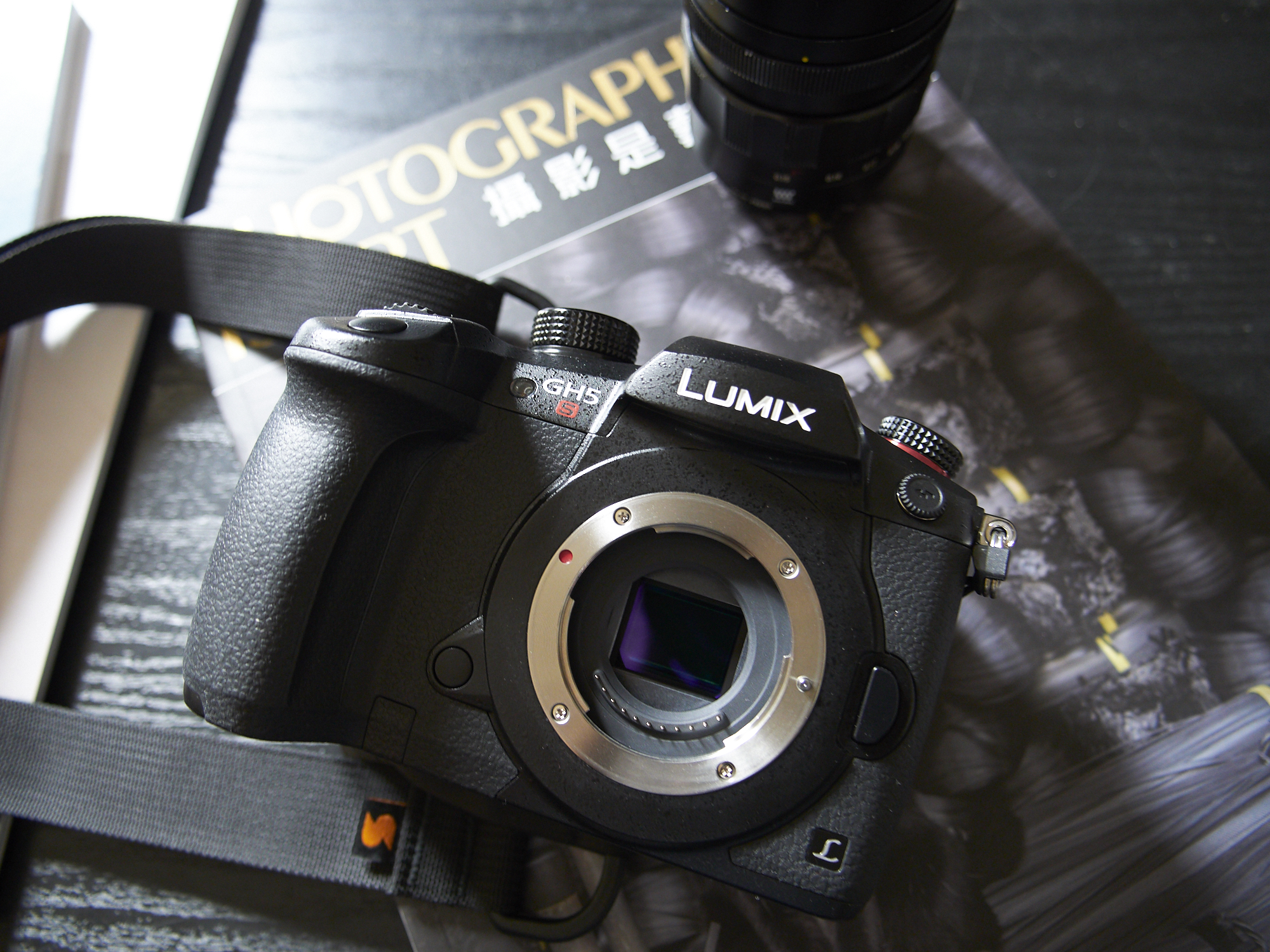Last Updated on 01/07/2020 by Mark Beckenbach
Hybrid shooters need cameras that can excel at both photography and videography, and the cameras listed here do just that.
Long gone are the days when cameras were made just for photography. While there are some cameras that focus on either videography only or photography only, they are few and far between. Nowadays, we are presented with options from camera manufacturers that can do both well, which no doubt pleases hybrid shooters to no end. Cameras are now judged on both their stills abilities and their video capabilities too. In this roundup, we will take a quick look at five cameras perfect for hybrid shooters that need both great stills and video options in one body.
All of the cameras listed here do great when it comes to stills photography and videography thanks to their excellent sensors, powerful image processors, good battery life, and the vast selection of lenses available to them. Most of the cameras here also feature IBIS as well, which can be a godsend to everyone, especially hybrid shooters who need extra help to keep the image still during recording. No matter which camera you pick from below, you’ll get a body that will leave you with a smile on your face. Check out five of the best cameras for hybrid shooters below.
Sony a6600
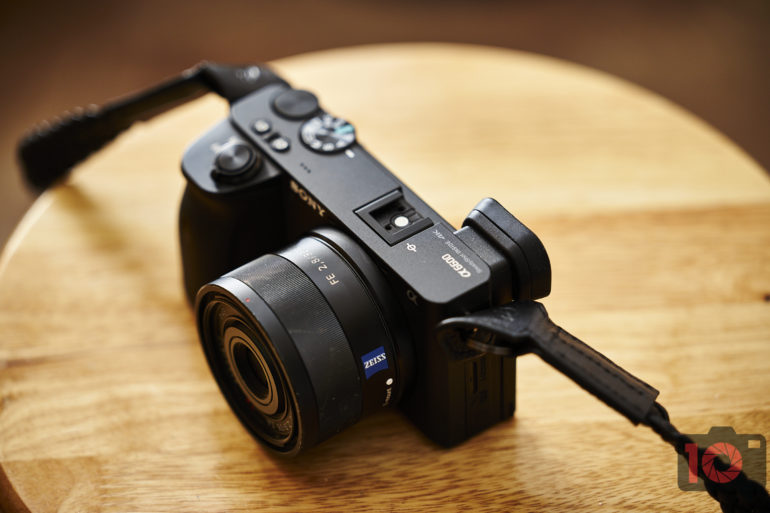
The Sony a6600 is a mini a9, which means it has insanely fast autofocus performance and great battery life. Throw in pretty good in-body image stabilization, high-quality 4K video, and a solid output on the photography front, and you have an excellent camera for hybrid shooters. Here are the pros and cons from our full review:
Pros
- Feels better than all other APS-C Sony cameras
- It’s a mini a9
- The bigger battery is a very welcome addition
- Weather sealing is nice
- Image stabilization
- The combined weather sealing and bigger battery mean you can go all day on a single charge
- Lightweight and small-sized camera
- The quiet shutter in addition to the silent option
- A lot of buttons that help you get around some of the issues
- Fast-focusing even on the streets with continually changing light
- There is almost no reason to take it off of wide tracking and continuous autofocus
- Face detection for animals is very fun
- Low ISO detail retention in highlights and shadows is pretty good
Cons
- No lock on the mode dial
- Sony refuses to give us three direct control dials. Why?
- Sony refuses to put a joystick on the back
- No Dual Card Slots
- Face detection doesn’t seem as advanced as the a7 and a9 series
- Sony still limits a photographer from having full use of the touchscreen in a way similar to Canon and Panasonic
- The screen is sort of low resolution compared to the full-frame cameras, and it really shows its age. It’s not 2012 anymore.
- It needs a viewfinder that flips up
- Focus peaking on the APS C bodies used to be amazing, and now it’s crap.
- Detail loss above ISO 3200. In fact, ISO 3200 and above is just not clean
- Why no USB C charging or port? Only Mini?
Buy now: $1,198
Olympus OMD E-M1 Mk II
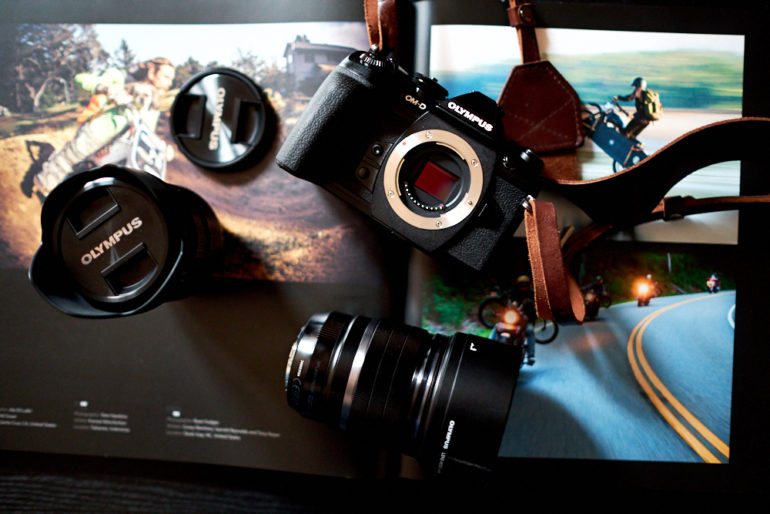
The Olympus E-M1 II has one of the best in-body stabilization systems on the market. Its autofocus system has just been updated to match the E-M1X, too. The 4K video is gorgeous, the 20.4mp sensor can capture great detail for stills, it has a full flippy screen, and it outputs great colors. It’s a fantastic all-rounder for hybrid shooters. Here are the pros and cons from our full review:
Pros
- Good image quality, though you start to see noise at ISO 6400
- They’ve finally fixed that stupid problem where ISO 6400 was marked as an extension
- Weather sealing is bananas good
- We handheld the camera and got a blur-free image at 15 seconds
- Comfortable to hold
Cons
- Menus got deeper
- The price point is hard to justify
- Fast autofocus can sometimes miss moving subjects in low light
- Despite having some of the best ergonomics we’ve ever felt on any camera to date, they desperately need a dedicated ISO control dial
Buy now: $1,299
Sony a7 III
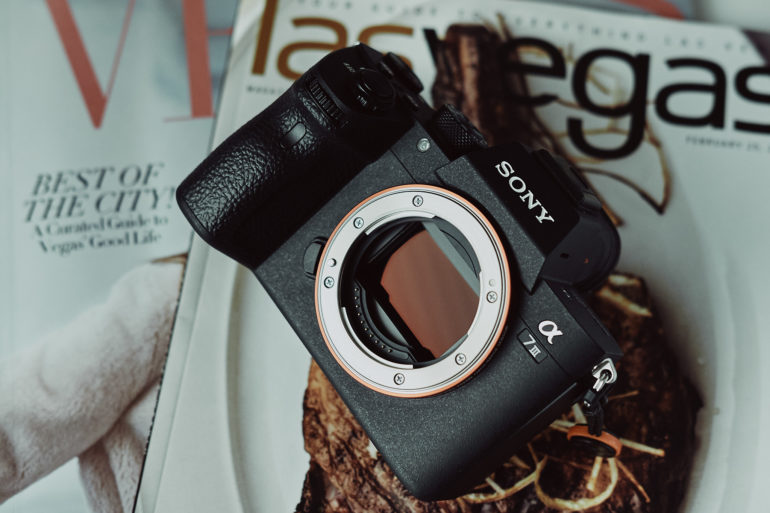
Sony’s entry-level, full-frame camera is a fully-featured option. The sensor is capable of putting out excellent images on the stills side of things, and the 4K video options are great too. There’s no full flippy screen, but it has battery life that is hard to beat, and a collection of lenses that will help you excel at both photography and videography. Here are the pros and cons from our full review:
Pros
- The best battery life of any Sony or mirrorless camera we’ve ever tested
- A fair amount of resolution and versatility in the RAW files that can be realized with Capture One
- Nice feel to it
- Consistency with all the other cameras in terms of the menu system
- Autofocus can acquire a target in near darkness
- It essentially feels like a scaled-down Sony a9 and Sony a7r III
- Not a bad price point
Cons
- Mount and certain lenses may allow for dust to get in onto the sensor. It isn’t as tight as the a7r III’s
Buy now: $1,798
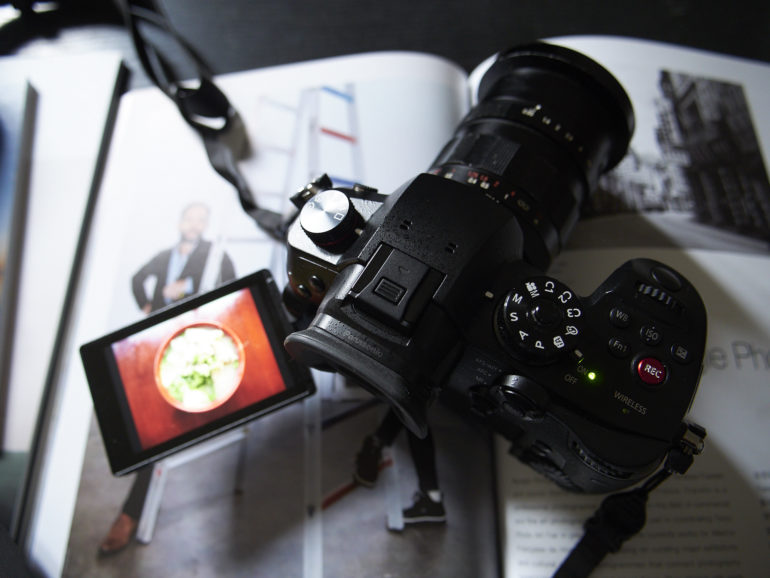
Pro Tip: Are you thinking about getting into videography in 2020, but you’re not quite sure where to start? Don’t worry; you’re not alone. Videography is a different beast than photography altogether, but it is a skill well worth learning with the popularity of platforms like YouTube exploding. If you want to pursue it, we highly recommend checking out this guide that will show how to use your photography skills in the world of video.
Panasonic GH5s
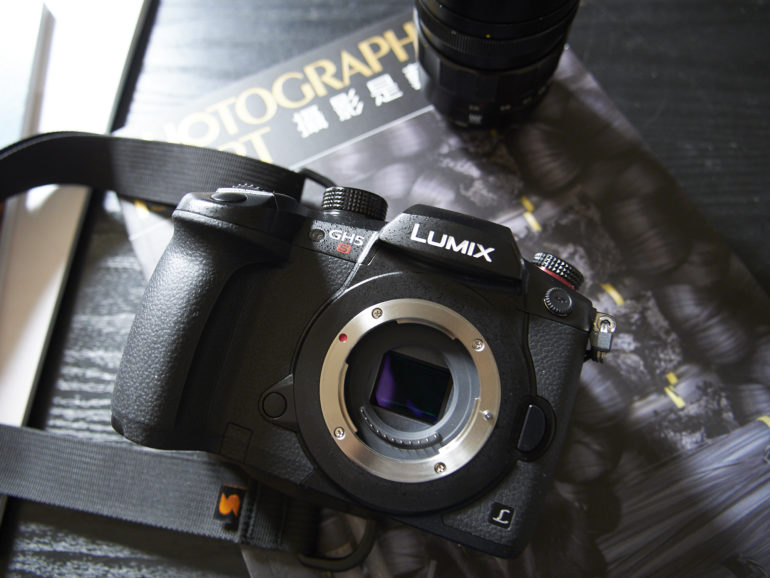
Arguably one of the best (if not the best) 4K-capable camera on the market. Professionals around the globe use the GH5s for many good reasons; excellent IBIS, 10-Bit 4K video quality that is pretty much unmatched at this price point, and it’s a decent stills camera too. Couple this with the vast library of M4/3 lenses and you have another winner for hybrid shooters. Here are the pros and cons from our full review:
Pros
- Weather sealing
- Great autofocus in most situations
- Focus peaking for manual focus lenses
- High ISO output is great
- Because this is a 10.2MP Four-Thirds sensor, the pixels are more densely packed and therefore give off pretty detailed images
- Tactile things on the buttons that make you realize what they are
Cons
- That’s a lot of money to pay
- Detail loss above 6400 is a bit too much
Buy now: $1,997.99
Fujifilm X-T3
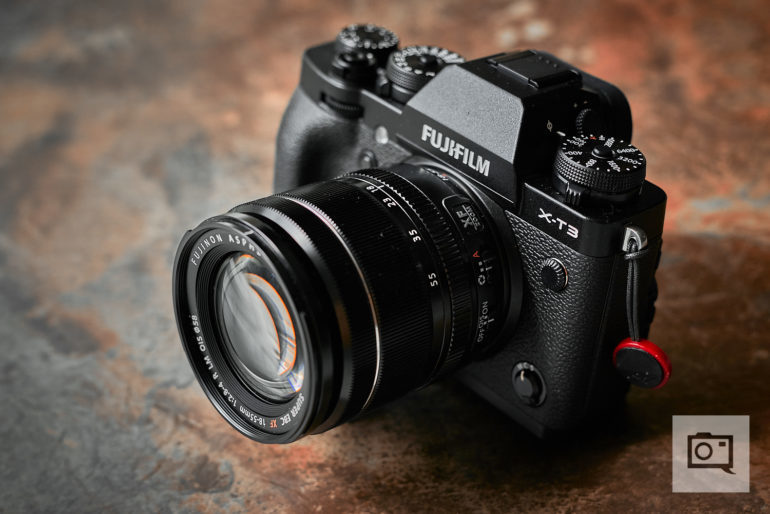
The Fujifilm X-T3 is a fantastic camera for hybrid shooters thanks to its robust lineup of 4K video options, and the simply gorgeous images the X-Trans sensor can churn out. The X-H1 is supposed to the camera for hybrid shooters because of its IBIS, but the X-T3 has better video and stills capabilities. Here are the pros and cons from our full review:
Pros
- Brand new 26.1MP X-Trans CMOS 4 Sensor
- Brand new X-Processor 4 Image Processor
- Excellent weather sealing
- Very solid build quality
- Excellent image quality
- In body RAW processing with built-in film simulation profiles
- Versatile RAW files
- Amazing video capabilities
- Dual SD card slots (if your workflow requires it)
Cons
- Battery life can use some improvement
- Lacks in-body image stabilization
- Low light performance is improved over the previous generation X-T2, but hit rates during high-speed low light situations still leave much to be desired
Buy now: $1,299


